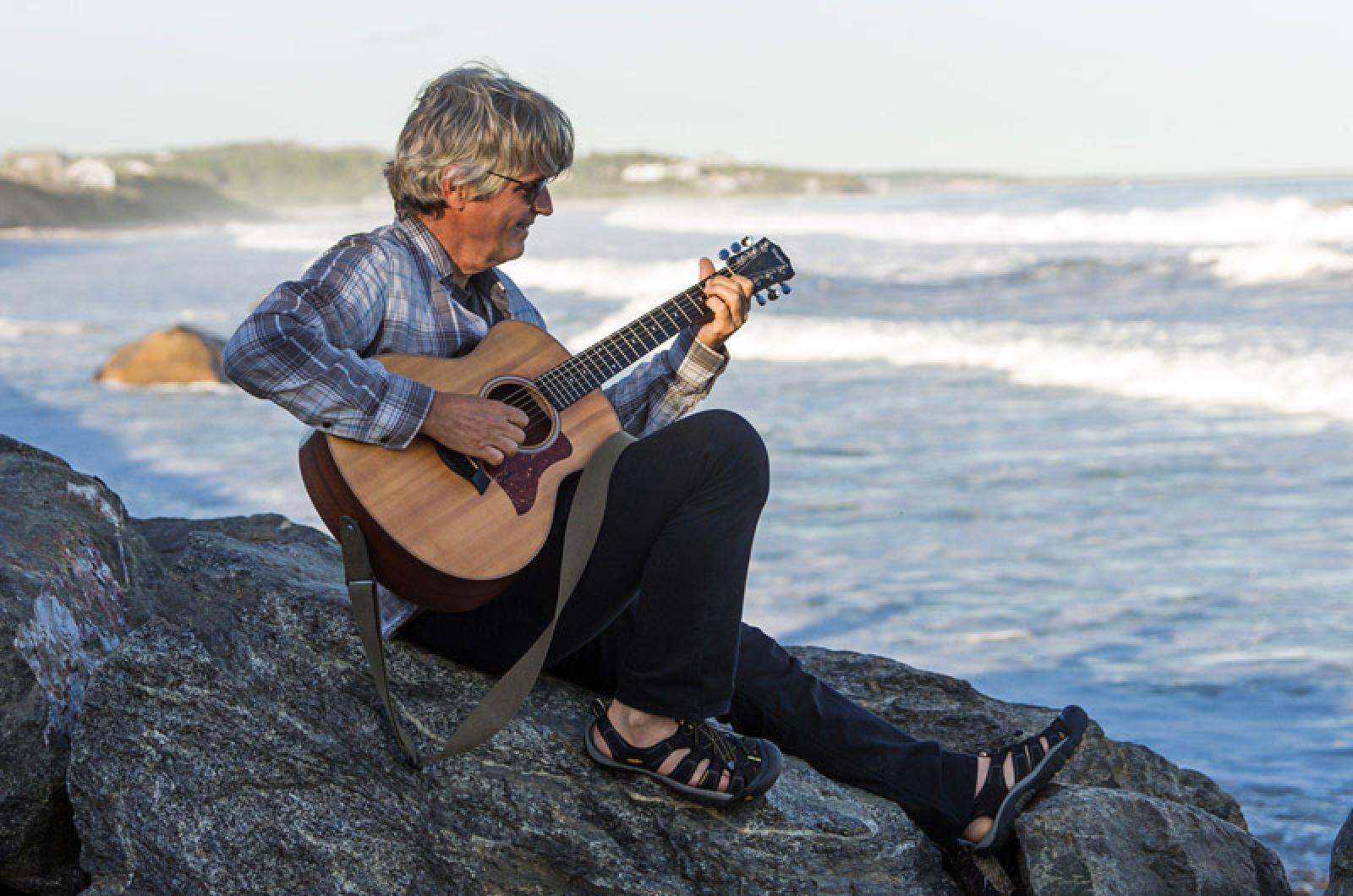Chilmark selectmen on Tuesday signed a lease agreement with the Squibnocket Homeowners Association, formalizing a central feature of a project to restore Squibnocket Beach. The 99-year lease adds more than 1,000 feet to the town beach and provides an easement allowing the homeowner association to build a causeway over two parcels that the town acquired this summer.
The 13-page lease resulted from the recommendation of a town committee that spent several months last year reviewing alternatives for the restoration project, including how best to preserve access to the homes at Squibnocket Farm. Steady erosion of the beach has threatened the existing access road, along with a town parking lot.
“I think this represents a great deal of work,” selectman Warren Doty said Tuesday, noting that the agreement has gone through many changes this year. Among other provisions, the new causeway design will require selectmen approval.
At a special town meeting in February, voters unanimously approved the committee recommendation, which outlines the project, and appropriated up to $410,000 to lease the beach area. (An earlier plan that voters rejected in 2014 included a similar lease proposal.) In the end, the town paid only $200,000 for the lease.
James Malkin, who chaired the review committee, was among several residents and committee members who attended the selectmen’s meeting on Tuesday. He said he was comforted by the fact that “the key document that everything spins off of is the recommendation from the committee that was approved by the town.”
The selectmen also approved an environmental notification form that will provide environmental data to all relevant permitting agencies. The form relates to both the town and homeowner portions of the project, including a new parking lot and turnaround along Squibnocket Road, a new boat launch at Squibnocket Pond, and the removal of a stone revetment along the existing parking lot. Those portions will be handled by the town, with access to certain areas provided in the lease agreement.
VHB Inc., along with Vineyard Land Surveying, will continue working to develop a detailed design, which will also require selectmen approval. VHB project manager Daniel J. Padien said Tuesday that the causeway would be raised on low piles to allow water to pass under in the event of a storm or future shoreline retreat.
Reid Silva of Vineyard Land Survey said the design would most likely include an overwash area for storm protection. “This is supposed to be a barrier beach system,” he said. “If you just remove fill and stone and no dune establishes, a simple storm will flush through to the pond. So you need to mimic some kind of barrier.”
Zachary Lee raised concerns about erosion farther south, near Money Hill, which is part of the new lease area, and where boulders have rolled downhill as the shoreline advances. But the notification form relates only to the project area as defined by the committee recommendation. “If we choose to do more than that, that could come up at a future time,” Mr. Doty said.
In other business, the selectmen met with harbormaster Dennis Jason to prepare for an Army Corps of Engineers dredging project they fear will lead to a surge in boat traffic in Menemsha Harbor. Mr. Jason suggested adding a mooring field to prevent boaters from roaming around, and installing signs to limit access to boats with more than a 3.5-foot draft.
The selectmen have long opposed the dredging project, which includes part of Menemsha Pond, citing concerns about boat traffic and also the potential effects on shellfish, which they argue could more easily be swept out to sea. The federal government considers Menemsha a harbor of refuge.
Mr. Doty advocated for not allowing overnight anchorage for transient boats. He also believed the influx could interfere with the town’s shellfish propagation area in the pond. “We can’t allow overnight anchorage to jeopardize that,” he said.
Selectman Jonathan Mayhew suggested working with the town of Aquinnah, which shares the channel and the pond, to come up with an agreement for prohibiting overnight anchoring. He also suggested that the dredged material could help replenish Squibnocket Beach.
Mr. Jason said he would need additional wharfingers and another harbor boat to deal with the surge, but felt capable of enforcing the no-anchoring rule. The dredging is on schedule to begin this fall.






Comments
Comment policy »